The Communications (COMM) Department is in charge of creating the promotional materials for Celadon’s various projects. With its two arms—namely, Creative Communication and Strategic Communication—COMM finds creative and effective ways of transmitting information to the community. Whether it is to generate support for a project or raise awareness for an event, this year’s COMM Executive Board members Shannen Pua, Stacy King, and Royce Chua will make sure that the message gets out there—on time and on point.
Shannen Pua
Janelle Chan (JC): Tell me about your job and the work you do.
Shannen Pua (SP): Long story short, I supervise all the promotional activity in the organization, [and] that includes event advertisements, hype for projects, and public relations, among others. It’s a job I do alongside my AVPs, so it’s a shared task. We approve promotional designs and think of ways to promote everything going on in the organization by getting people to talk about our gimmicks and [to] join in the fun. The job’s basically a [yearlong] giant, creative exercise. It’s fun.
JC: What do you love about your job and what motivates you to do it?
SP: You really get to stretch your imagination. It’s always a fun challenge, especially if you’re into creative thinking. I’m more into the design work, and there’s so many things you can explore—all sorts of styles and effects—on paper. It’s as much a skills training for me as it is for anyone in COMM. And of course, when you finally master a certain technique or finish a design and everyone likes it, [there’s] always a feeling of gratification that you were able to help out and at the same time, [to] learn something.
JC: What is your proudest achievement in COMM this year?
SP: Honestly, there are many challenges that COMM was able to overcome, in my opinion, and each one is always a proud moment for everyone in the department. [These include but are not limited to] failed blasts, bad raps, [and] system failures, but that’s the price of getting people to talk: it’s a job hazard. But what can’t be denied is all the effort and hard work that everyone in the department puts in, especially the managers. They go through so much strain to make Celadon events look as good as they are and many times, they (and [the] EB too) receive a lot of pressure and even flack for it. But we still pull through, and the managers seem proud of the things they create and [are] happy with what they’ve achieved. So as a member of the EB, I think the proudest moment you can have is seeing your managers (and fellow EB) reap the rewards of their work and come out of juggling projects all year round smiling.
JC: Why did you choose COMM?
SP: Simply put, I like making stuff. I love designing. Organizational work is supposed to be a break from all the academic stress, and I actually do abide by that. I enjoy my work in COMM because going back to designing and creative thinking is for my stress relief. It’s a breather from all the math, [philosophy], and thesis work.
JC: What values do you hold as a leader? What can a future leader of COMM expect Any advice?
SP: As a leader, you’ll be faced with plenty of criticism and opposition. As a COMM leader, even moreso, but hear me out! It will probably be the most character-building job you can take [on] because you’re dealing with public image: your own, your department’s, and the organization’s. COMM, realistically speaking, has always been a controversial department, but that’s not all it is. Yes, bad publicity is a job hazard, but it’s how you walk out of it that counts; and it will say a lot about you as a leader. Whether you’re the designing arm or the hype arm, you’ll have to face criticism. But it’s all professional, and if you’re really up for being a leader, you take it as gracefully as you can and grow from there. Just keep your head on—there’s always a way out from being thrown into hot water. The more challenging part of being a leader is [that] sometimes, the way out is actually listening to your opposition and [accepting] what they’re saying. So learn to listen well. Sometimes, they provide you the answers to the problems, too.
JC: What is your favorite COMM project and why?
SP: COMM only has one project on its own, and that’s the COMM Team. It’s a great initiative because you don’t hold the monopoly on creativity. It’s always cool seeing and hearing new ideas thrown around for promotional strategies. The only thing I regret with [the] COMM Team is that they weren’t deployed to projects because they have many great ideas, and many fresh faces want to join more projects. Other than [the] COMM Team… Well, COMM works with all the projects [of Celadon] and all the [other] departments, [so] it’s difficult to pinpoint just one project as a favorite, legit.
JC: Share one of your favorite memories with your co-EBs and/or managers.
SP: I have no idea. Everything in COMM becomes funny after a while, because a sense of humor is key to survive working in this crazy department. I mean, Stacy gets amused by big bottles, for some reason. Our master to-do list before didn’t have a “done” or “not done” code; we just put comments like “#ANUNA”, “WTF?” or “…luh.” Oh, and putting the Celadon approval knot on posters has become a game for Stacy [and I]: Who can hide it better? Royce doesn’t know how to Photoshop so…yeah. For those who didn’t know that we actually do put a knot… Ta-da!
Stacy King
JC: Tell me about your job and the work you do.
Stacy King (SK): As the Associate Vice President of the Communications Department, my task is to approve all the creative collaterals that gets posted [online] and printed. It’s also part of my work to schedule and [to] coordinate the online blasts within the social media channels of the organization. It seems like a lot of work, and sometimes it feels like it, but I learned to prioritize and to manage the time I have on top of all [my] design classes.
JC: What do you love about your job and what motivates you to do it?
SK: What I love best about my job is [that] I get to meet a lot of wonderful and talented people in the creative field. [As] a design student, I thought [my professors] were already teaching me everything I [needed] to know to do well in this field; but I learned that there are just some things you won’t learn inside a [classroom]—you have to be out there with people who could continue to inspire you and to motivate you to grow. This is also the motivation that keeps me active in the organization. Yes, there will be times when academics will be overwhelming and doing organizational work is the last thing you [would] want to do, but in the end, you’ll see [that] it was all worth it.
JC: What is your proudest achievement in COMM this year?
SK: As you would have probably [already] known, I was a COMM manager up until the first half of February. My proudest achievement is not my promotion, although I am eternally grateful and proud of this, but it is in the growth I had this year during my time as a manager. I experienced leading my own team of designers, thinking up new ideas I never knew I could come up with before, making standees, complicated GIFs, and making kirigami patterns!
JC: Why did you choose COMM?
SK: I primarily chose COMM because I wanted to practice my craft. [As] an Information Design student, I was eager to learn what the upperclassmen in the COMM team [could] teach me, especially during [my] first year [in college], when we didn’t have majors yet and I was itching to develop my skills. I’m not complaining now, though! The design load this [semester] is [heartbreaking].
JC: What values do you hold as a leader? What can a future leader of COMM expect? Any advice?
SK: I have two values that I hold and hopefully could share to the future COMM leaders. One is to do your best and to try to do it well. I believe that committing yourself to the responsibility you took in is the least you can do for a project. Second is to keep it light with each other. Organizational work is technically considered “work” and I know we should take it seriously, but at the end of the day, we’re all just still orgmates, friends, and college students. It shouldn’t mean that we can’t have a good and light time being with each other in a project or in the department. I advice the next leaders to constantly remind [themselves] why [they’re] in COMM in the first place, and that [they] have the great opportunity of sharing this purpose with [their] members.
JC: What is your favorite COMM project and why?
SK: I really love Mid-Autumn Festival! MAF was and will always be my favorite project. It’s the time [wherein] the organization can really come together and enjoy a game of dice with their friends for a change. It’s the project where I really see people having the most fun, compared to all our other projects.
JC: Share one of your favorite memories with your co-EBs and/or managers.
SK: One of my favorite memories is the time [wherein] Shannen and [I] had this weird game where we would let each other look for the knot [in] the posters. We would place it at the most obscure places and give the other a hard time looking for it.
Royce Chua
JC: Tell me about your job and the work you do.
Royce Chua (RC): As AVP for Strategic Communication, I handle the nontraditional promotions of the organization [by] collaborating with the Creative and Strategic Directors assigned to the different projects to find ways to promote them through means outside of your regular posters [and] GIFs. Whether it be videos, roaming gimmicks, or any other nontraditional promos, I handle the approvals for those. Besides [these], I also handle most of A-yi Celadon’s spiels: for EB collaterals, I make the spiels; and for projects, I approve them, giving the necessary edits if [there are] any. So for the most part, when it comes to spiels, I give A-yi Celadon a voice.
JC: What do you love about your job and what motivates you to do it?
RC: Two words: it’s fun! Before getting into the EB, I was one of COMM’s Visionaries, thinking up nontraditional promotions at a time when [they] were not so apparent yet across organizations. Nontraditional promos are like performances: you prepare for something great for a large audience to see, and, well, you revel in that. You try to think of something so extraordinary that would definitely catch people’s attention and leave them amazed. It’s not a matter of just getting people’s attention, but a matter of entertaining them. Seeing that people do get entertained is what motivates me to continue nontraditional work, even if, as the AVP for Strategic Communication, most of what I do now is to oversee them. It’s still greatly enjoyable to help bring these nontraditional, promotional entertainment to the public.
JC: What is your proudest achievement in COMM this year?
RC: My proudest achievement in COMM this year is the establishment of the Strategic Communication sub-department that handles nontraditional promotions. This year is to be set apart from the years before because of the emergence of so many nontraditional promotions for so many different projects. I’m proud that more and more Celadoneans are thinking out of the box to find entertaining ways to promote their projects and their organization.
JC: Why did you choose COMM?
RC: Besides the projects themselves, COMM was my first taste of core team work, and it basically snowballed from there. I loved what I had to do in COMM as a member of the Visionaries team—which was started by Matt Yu—and I wanted to keep on doing that, with a few adjustments. I saw that the Visionaries team had a lot of potential, and I wanted to really establish the idea of nontraditional promotions in the organization.
JC: What values do you hold as a leader? What can a future leader of COMM expect? Any advice?
RC: As a COMM leader, it’s important to be open-minded, tenacious, and goal-oriented. Handling promotions for all the projects of an organization is a lot of work, and you’re bound to come across one or two differences with the people you work with, thus the importance of having an open mind. You can’t always have your own way; it’s essential to have an open mind when it comes to promotions because there’s a need to know public opinions and insights [as] these are where ideas for promotions come from. These differences are also where your tenacity comes in. The workload is heavy, and you’re bound to come across people who are not so easy to work with. Despite all that, you need to be determined with what you need to do and make sure you do them. It’s not just a job, it’s a passion, and that passion [will] allow you to keep thinking about the organization. You must be able to set goals for yourself and your department or sub-department, and to direct your actions towards that goal. You can’t stay stagnant and just be satisfied with one thing if it’s going well; there’s always more to achieve. And so long as you think you are capable of doing it, even with [just] the tiniest bit of hope, then strive for it. Take that leap.
JC: What is your favorite COMM project and why?
RC: COMM only has one project, and that’s the COMM 360 Program, wherein we teach COMM Team members and other Celadoneans different methods of promotions—whether through traditional or nontraditional means. I honestly love this project because I always come out of it learning a thing or two myself. It’s also fulfilling to see members actually enjoying each session and wanting to keep on learning. We have designed the COMM 360 program to be a development program to hone their skills that are necessary for promotions, but we’ve also added the training for promotional work in the context of an actual Celadon project through workshops.
JC: Share one of your favorite memories with your co-EBs and/or managers.
RC: One of my favorite memories with both my co-EBs and the managers was the filming of the short video for the First GA of Celadon this year. I’ve worked [on] shooting a video for a nontraditional promotion before, but never on that big a scale: twenty [or so] EB members and fifty [or so] managers, all having to do something as part of the film, with just a few members directing and handling the camera. It was difficult, but [it] was also very fulfilling. It’s always difficult to make sure a video goes exactly the way you want it while you’re filming, especially if there are so many people involved, and yet, there it was. I was so happy and grateful for the cooperation of all of Celadon’s Executive Board and Managers. You gotta love them after times like those.
It is without a doubt that Shannen, Stacy, and Royce have a burning passion for their craft. The workload and stress that come with the job does not stop them from enjoying everything about it. Despite having to juggle academics with organizational work and facing obstacles one after another, they have come through these obstacles smiling every time.
For other articles on the executive board, check this out:
- Celections 2017: DOCPUB, Keeping Everyone in the Loop
- Celections 2017: EXT, Making Connections
- Celections 2017: CORREL, Bridging the Gaps
- Celections 2017: FIN, Making Everything Count
- Celections 2017: HR, Making Celadon Home
- Celections 2017: CUL, Traditions in Transition
Written by Janelle Chan.
Photos by Tinoley Digital Studio.

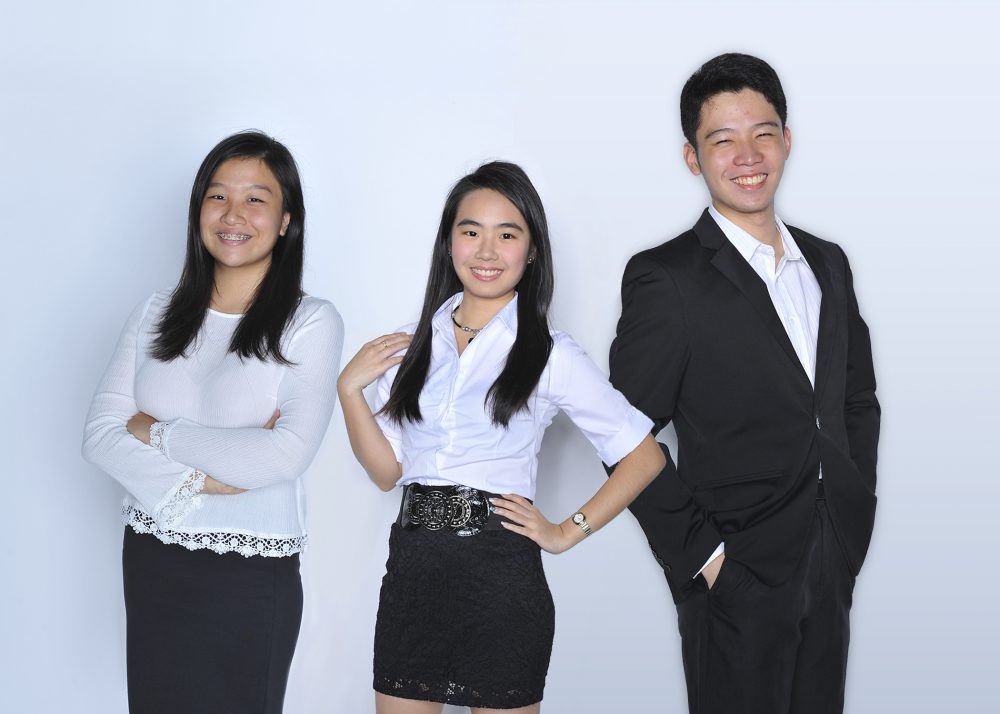

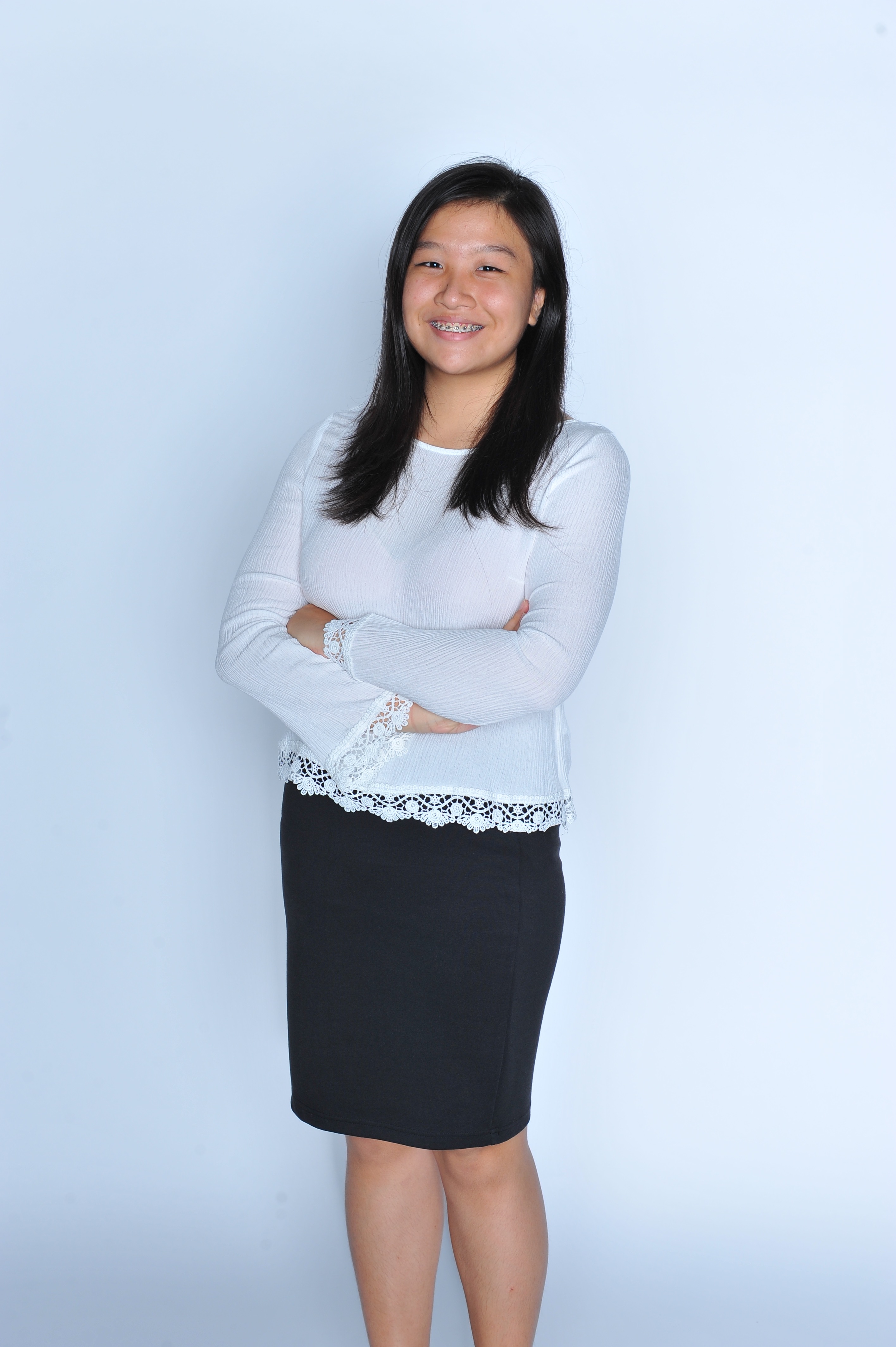
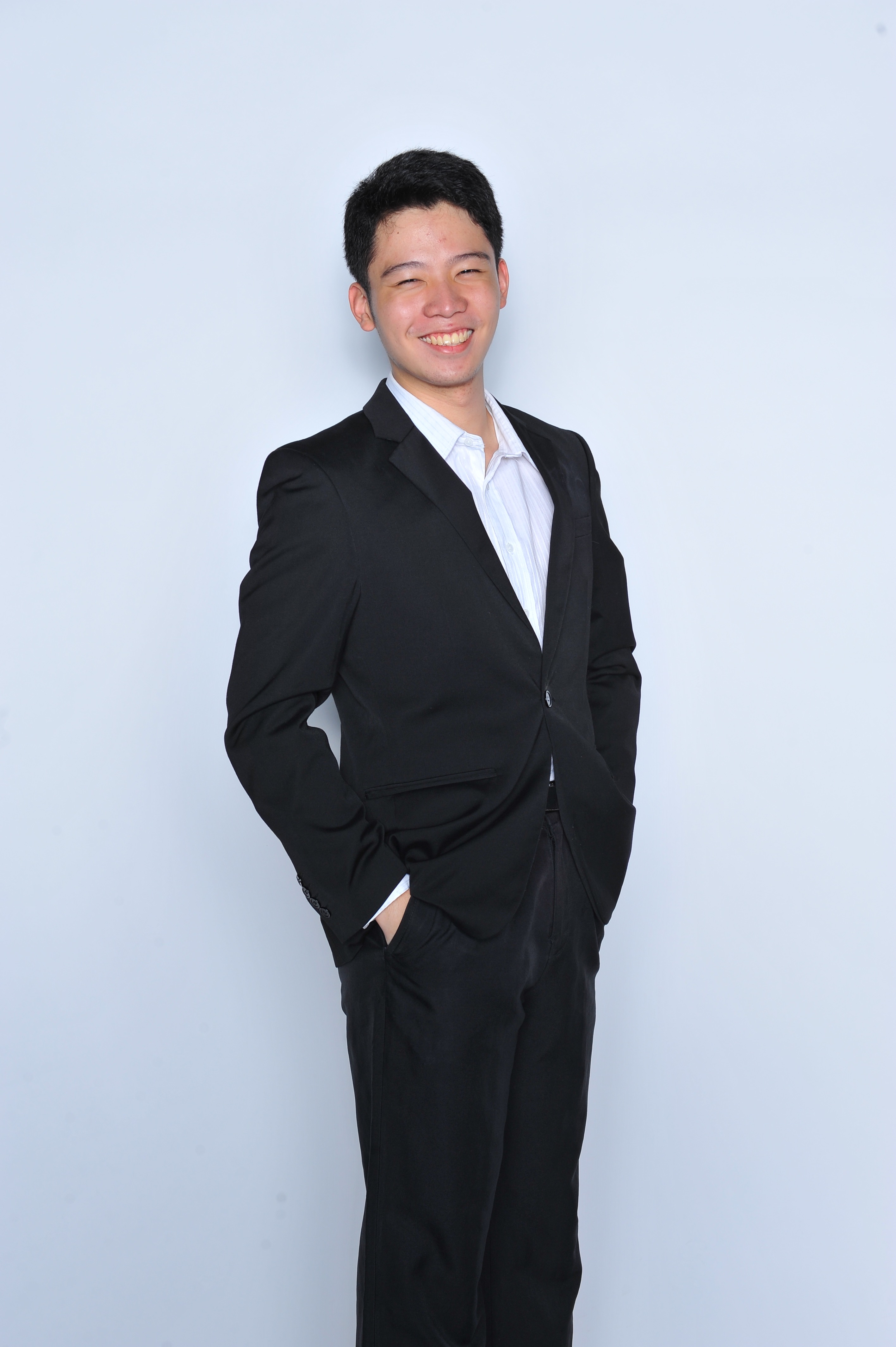
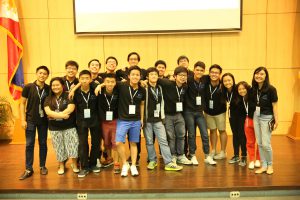
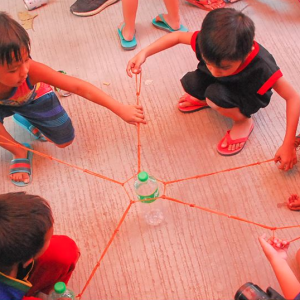
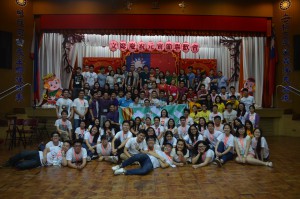
Pingback: Celections 2017: FIN, Making Everything Count - Elements Magazine
Pingback: Celections 2017: CORREL, Bridging the Gaps - Elements Magazine